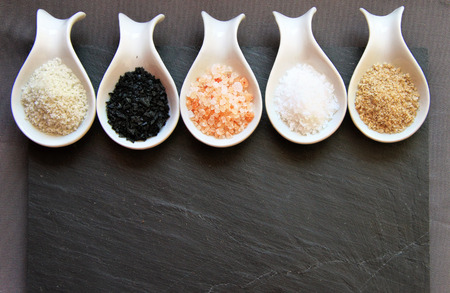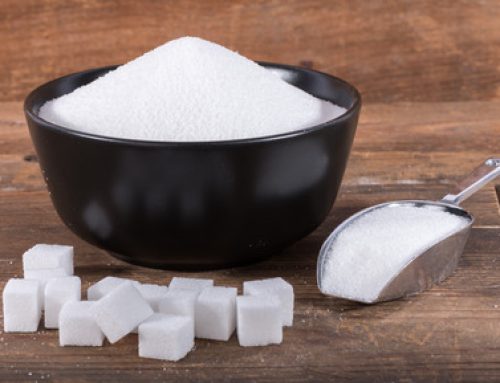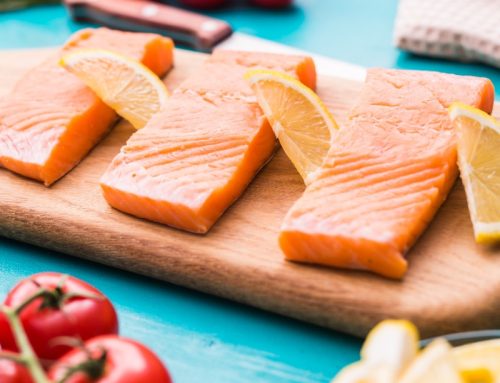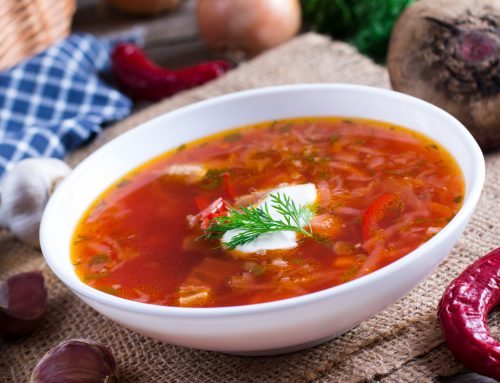Healthy ingredient swaps can make sticking to a nutritious diet a lot easier, particularly if you are at risk of heart disease. Whether you’re recovering from a heart attack or trying to prevent one, a balanced, nutritious diet should be part of your plan. Eating the right foods helps keep your cholesterol and blood pressure in check to support your heart health.
Healthy Ingredient Swaps
Here are several heart-healthy substitutions and tips for making them taste great.
1. Mayonnaise
Mayonnaise is mostly made up of egg yolks and soybean oil. Two tablespoons serve up to 4 grams of saturated fat without much nutritional value.
While you could exchange low fat mayo for regular mayo, you’ll get more benefits from these other nutritious substitutions:
• Avocado. This savory fruit is rich in healthy unsaturated fats. When mashed, it can be substituted for mayonnaise in recipes like egg salad or potato salad.
• Hummus. This fiber-rich dip works well to make egg or tuna salad. Kick up the flavor of plain hummus by adding lemon juice or red peppers.
• Greek yogurt. An excellent option for green salads or mixing with vegetables, the tangy taste and smooth texture of yogurt also make it a great dip base.
• Pesto. Made with heart-healthy fats like nuts and olive oil, this sauce kicks up the flavor on veggies and potato salad.
• Sliced-up hard-boiled eggs. Substitute them for mayo on a sandwich. You’ll enjoy a similar flavor but get more protein and less fat.
2. Cheese
Full-fat dairy is a prime source of saturated fat. A 28-gram (1-ounce) serving of cheddar or goat cheese has 6 grams of saturated fat. That’s half your daily max!
Try these substitutions instead:
• Reduced fat cheese. Most fat-free cheeses tend to be gummy, don’t melt well, and have little taste. Reduced fat cheese has the same great flavor and melting qualities as the original but with significantly less fat.
• Nutritional yeast. With a nutty and umami flavor, nutritional yeast flakes or powder are an ideal cheese-free topping for pizza, pasta, and salads. It’s also a great source of folic acid and protein. It can be a good source of vitamin B12 too, depending on the brand, so be sure to check the label.
• Vegan cheese. Some dairy-free cheese alternatives made with ingredients like beans and nutritional yeast give you a similar taste and texture as dairy cheese with a fraction of the saturated fat. Just be sure to check the label: Many options contain large amounts of coconut oil, which is also high in saturated fat.
• Parmesan. This is a satisfying, lower fat swap for cheddar. A 5-gram serving has 1 gram of saturated fat.
3. Sour cream
Like other dairy products, sour cream is incorporated into a wide variety of recipes. It’s also high in saturated fat: A 30-gram (2-tablespoon) serving has about 3.5 grams.
Try these alternatives to sour cream:
• DIY cream. Get the same tangy flavor without all the fat by pureeing equal amounts of low fat cottage cheese and nonfat yogurt in a blender.
• Yogurt. In baking, you can substitute an equal amount of low fat or nonfat yogurt for sour cream in many recipes. Or try Greek yogurt, which is considerably thicker and creamier than regular yogurt.
• Cashews. Nuts are a good source of heart-healthy unsaturated fat. Soak cashews in water, then mix with vinegar, lemon juice, and sea salt for a sour cream–like dip.
4. Ground beef
Fatty cuts of red meat are a prime source of saturated fat. Many studies, including one from 2020, have linked red meat consumption to heart disease.
Skinless poultry is a lower fat choice than red meat. And fatty fish like salmon is a great source of heart-healthy omega-3 fatty acids.
Anytime a recipe calls for ground beef, keep these swaps in mind:
• Turkey-beef burgers. If you’re craving a juicy burger, mix equal parts lean ground turkey breast and grass-fed, lean ground beef. Ground turkey also works well in chili, pasta sauce, or casseroles. Choose ground turkey breast, which has lower saturated fat than the thigh and leg varieties.
• Turkey sausages. Most supermarkets offer a variety of great-tasting, low fat sausages made from ground turkey.
• Mushrooms. Mushrooms make a delicious and heart-healthy replacement for beef in bolognese sauce. Or use a large grilled portobello mushroom instead of a beef patty on your next burger.
5. Steak
Fattier cuts of steak, like T-bone and ribeye, pack in saturated fat. A number of cuts are great leaner substitutions. Your best bets are:
• eye of round
• sirloin tip side
• top round
• top sirloin
• dry-aged beef
Portion size is key. A 4-ounce serving of lean beef has about 3.5 grams of saturated fat, but many of us eat double that (or more) in a sitting.
6. Salt
Most doctors — and the AHA — recommend consuming fewer than 2,300 milligrams of sodium per day to keep blood pressure healthy. That’s less than 1 teaspoon.
In fact, the AHA considers an ideal limit for most adults to be fewer than 1,500 milligrams per day, especially if you already have high blood pressure.
A few suggestions:
• Check the label. Many prepared, canned, and frozen foods contain loads of added salt. You likely won’t notice a difference in low-sodium varieties.
• Use vinegar or citrus. Instead of reaching for the salt shaker, add a splash of vinegar or a squeeze of fresh lemon to your food.
• Add herbs and spices. It’s a great way to give a familiar dish a new twist. Try creating your own salt-free spice blends to have on hand when you need a boost of flavor. Since the flavor of fresh herbs fades quickly when cooked, add them just before serving.
7. Refined grains
Whole grains contain the bran, germ, and endosperm. Refined grains are missing the bran and germ, which drastically cuts back on fiber. Fiber helps improve blood cholesterol levels.
A 2021 study of thousands of people from 21 countries linked higher intake of refined grains to higher blood pressure and heart disease and an overall greater risk of death.
Diets rich in whole grains have been shown to reduce high blood pressure, high cholesterol levels, and the risk of strokes, according to the AHA.
Here’s how to boost your whole grain intake:
• Read labels. Look for the words “100 percent whole grain” or “100 percent whole wheat” on breads and pastas. Anything else is likely refined.
• Use whole wheat flour. Substitute up to half the amount of all-purpose flour with whole wheat flour in almost all of your favorite baking recipes.
• Add oats. For more texture, try using 1/4 cup rolled oats in place of all-purpose flour.
• Consider white whole wheat flour. Don’t like the flavor or texture of whole wheat? Look for 100 percent white whole wheat flour. It’s milder in flavor, with more nutrition than the refined stuff.
8. Sugar
Plenty of research has linked sugar consumption to heart disease. One large study from 2014 that followed people for 15 years found that those who got between 17 to 21 percent of their calories from added sugar had a 38 percent greater risk of dying from heart disease than those who limited their intake to 8 percent of calories.
Guidelines from the AHA urge people to consume no more than 100 to 150 calories from added sugars per day, for females and males respectively. Added sugars are those that don’t naturally occur in foods.
Here’s how to minimize your intake:
• Be wary of processed foods. High quantities of sugar are found in items like ketchup, salad dressings, and sauces. Read labels carefully.
• Use a sugar alternative. You can substitute stevia or erythritol for up to half of the sugar in most baked goods without any difference in texture or flavor.
• Try fruit juice. If you’re not a fan of artificial sugars, you can use a bit of 100 percent natural fruit juices to sweeten sauces and beverages.
Click here for more about healthy ingredient swaps.







